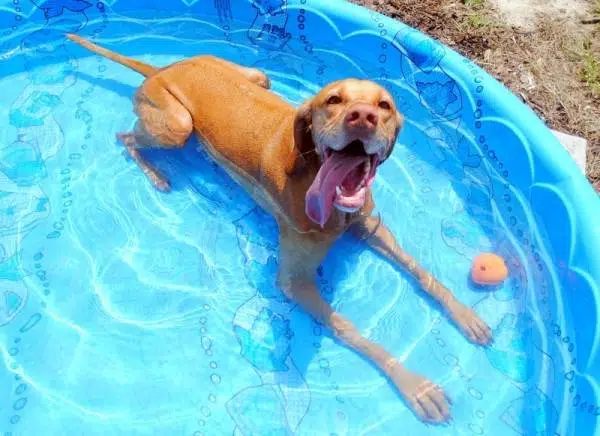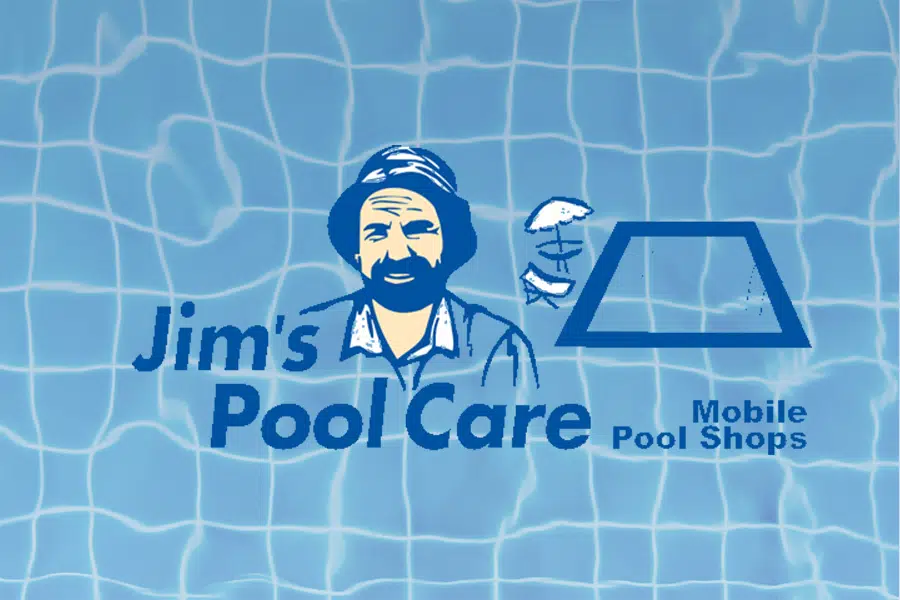
Do More Than Doggie-Paddle: Swimming Pool Safety for Dog Owners

When you first purchased your pool, you anticipated the risks it presented to your children. Consequently,
you carefully took the time to explain basic pool safety, and you instructed them to never use the pool
without adult supervision.
But once your kids jumped in the pool, you realised you forgot to prepare one key family member: your dog.
Your loving canine whimpered and panted at the edge of the water, not daring to come in.
Fortunately, you can train your dog to feel comfortable and stay safe around the pool with the steps
below.
1. Fence Your Pool
Just as you wouldn’t let a toddler near your pool unattended, you shouldn’t leave your pooch near the pool
without creating a protective barrier. Accidents do happen, and if your dog has little to no experience
swimming, he or she is likely to drown in an attempt to catch toys or chase squirrels.
For extra protection, secure your pool electronically as well as physically. Wrist alarms, such as the
Safety Turtle, work as well on dogs as they do on children. Simply attach the device to your dog’s collar and
install the associated alarm in your home. If your dog enters the water, the collar alerts you to the
activity.
Additionally, install a ramp or dock in the side of the pool so your dog can easily exit the pool after
falling in. Many pools have high sides that don’t allow pets to climb out on their own.
2. Teach Your Dog to Swim
Don’t assume that all dogs know how to swim. Although some animals have a strong, natural instinct, others
breeds lack the physical ability to stay afloat for long, despite knowing the ‘doggie paddle’.
For example, low, sturdy breeds, such as bulldogs and boxers, have short legs that can’t thrust far enough
to support them. Breeds with short faces, such as pugs, have a harder time breathing, which means they tire
easily during strenuous activity.
But if you have a breed that loves the water, take the time to teach him or her to swim. Start slow by
letting him or her splash around in a kiddie pool and praise your pooch constantly. When your dog feels more
comfortable, give him or her a dog life vest and coax your pup into the shallow end of the pool. Gradually
build his or her endurance before encouraging your dog to swim to deeper water.
3. Learn Basic Dog First Aid
Even if your dog takes to the water like a fish, you should prepare for an emergency. If your dog becomes
fatigued from the effort, he or she may struggle to keep his or her nose above water. Soon your dog may gasp
for air, cough or shake. In severe cases, your dog may lose consciousness and inhale water into his or her
lungs.
If your dog loses consciousness, hold him or her upside down for 10 to 20 seconds and shake your pet
gently a few times to clear the lungs of water. Then lay your dog on his or her side, open his or her mouth
and remove any debris. Pull the tongue forward to open the airway.
Next, check for a pulse. If you can’t find a pulse, begin CPR by placing your hands on the dog’s chest and
pressing firmly down. You should hear the air moving in and out. Continue compressions until the dog breathes
on his or her own.
After near-drowning incidents, take your pet to your veterinarian for additional care and treatment.
4. Clean Your Dog and the Pool After Each Session
Assuming your swimming sessions are a success, don’t forget to clean your dog and your pool after each
dip. The chemicals used to clean and balance the pool can irritate your dog’s skin and eyes. Similarly, the
dirt, faecal matter and other debris in your dog’s fur can contaminate your pool, increasing your risk of
diarrhoea and respiratory infection.
If you struggle to keep your pooch or your pool clean, don’t hesitate to call in a professional. An
experienced groomer can trim your dog’s fur so it sheds less in the pool, and a qualified pool care
technician can recommend more efficient filters capable of handling dog fur.
When you follow these four steps, you and your dog will have a more comfortable time in the water.
Did you know that Jim’s also has a Dog Wash Division? Check out the website – Jim’s Dog Wash
Book Two Classes for $2!
Get to know our studio before you commit to becoming a regular student. We can’t wait to meet you!
Client Testimonies











